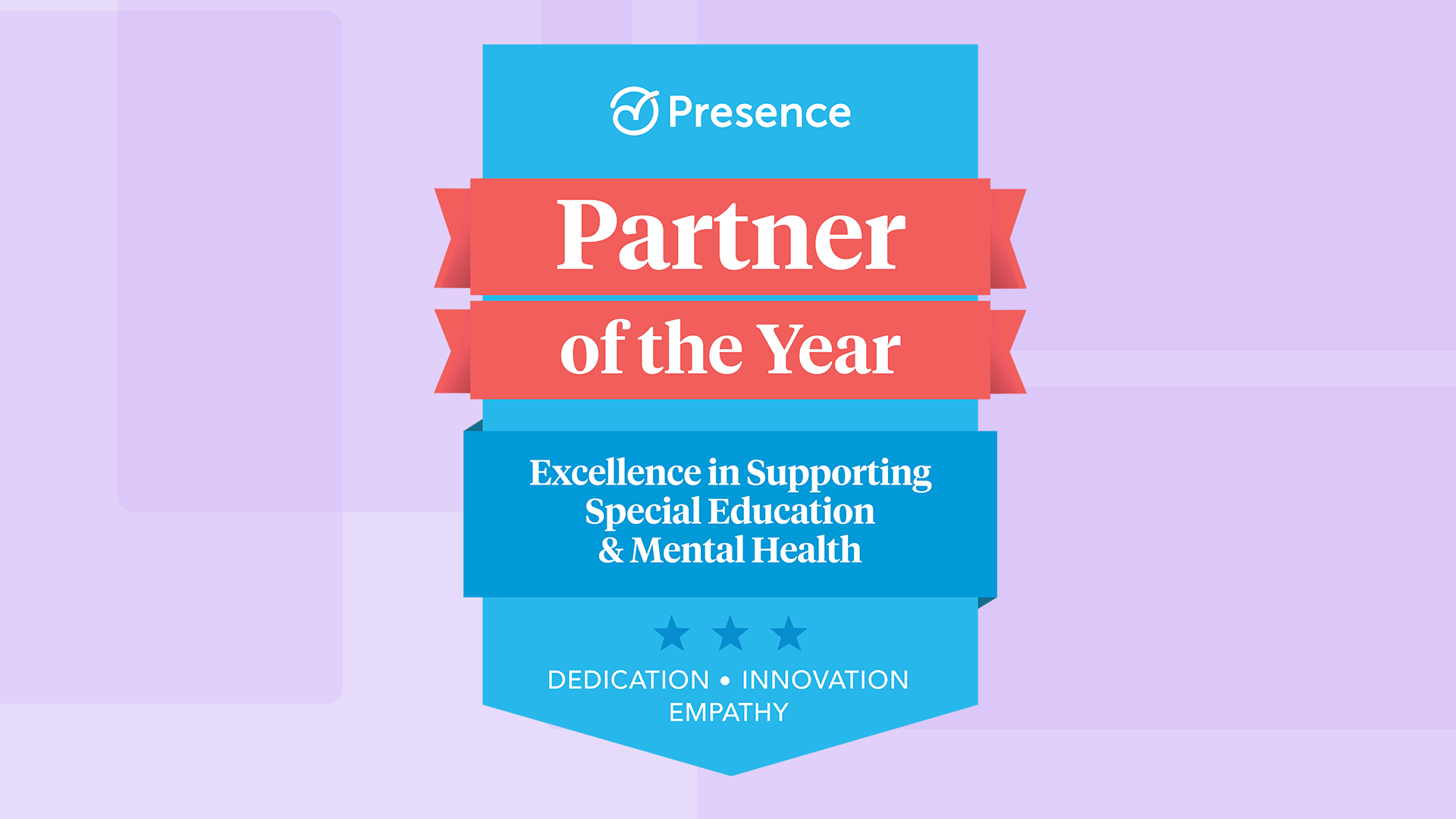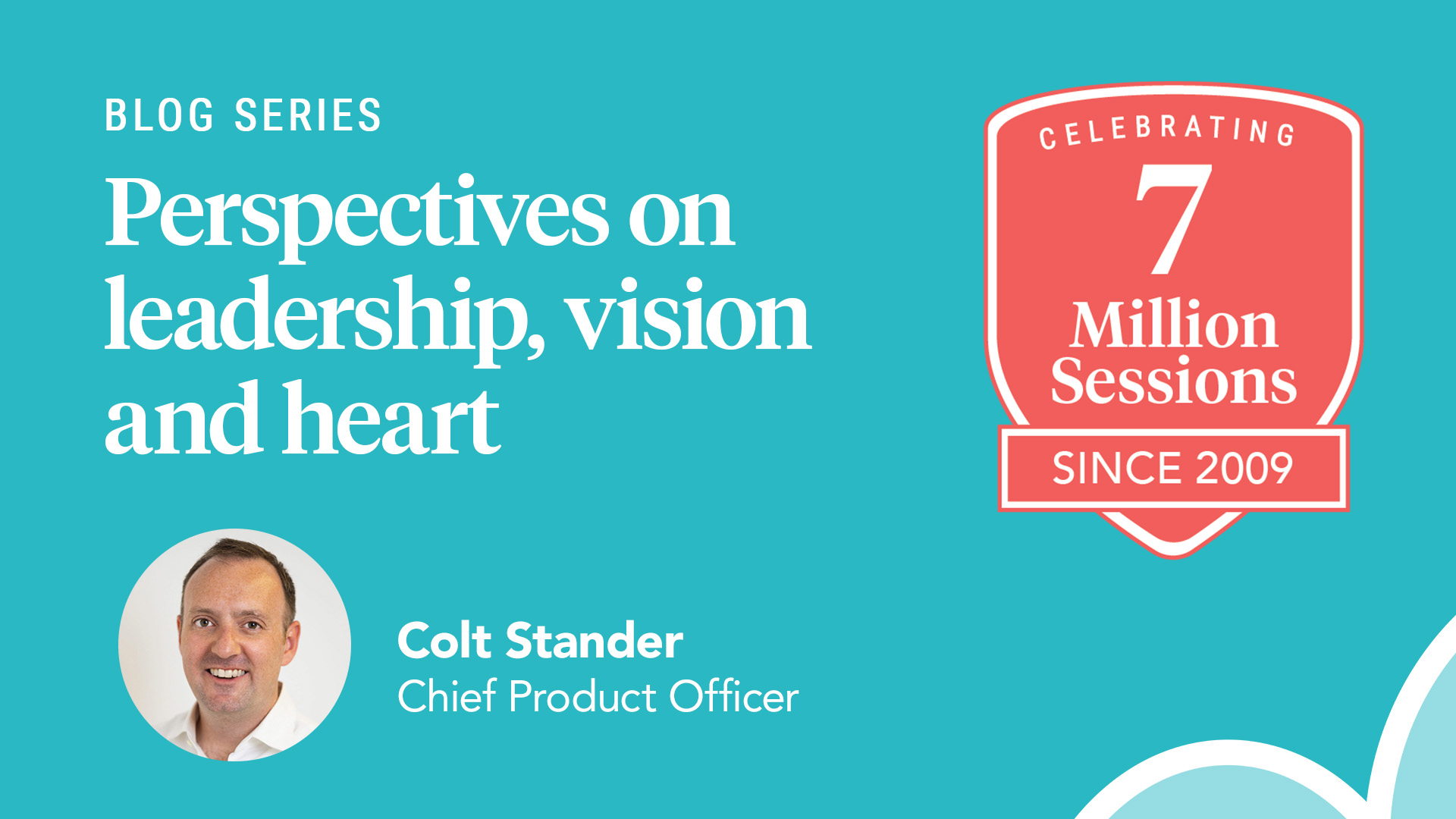Is it So Bad to Be Overly Positive?
In March 2020, high school English teacher Irene Yannascoli entered a faculty meeting filled with bright decorations, icebreaker games, words of affirmation, and the screening of a TED talk titled “How to Make Stress Your Friend.”
This was after schools began exploring online learning options when beset by the uncertainty of the looming pandemic. With glitter and inspiring messages, Irene’s faculty meeting sugarcoated and summarily dismissed the tangible but silent anxiety, fear, and apprehension among teachers and therapists — a textbook case of toxic positivity.
“Toxic positivity,” as it has come to be known, is the papering over of legitimate feelings of anxiety, stress, or despair with saccharine, uplifting phrases such as, “look at the good things you’ve got.” Unfortunately, it doesn’t promote resilience in children or adults, according to Marc Brackett, Director of the Yale Center for Emotional Intelligence.
“You can’t always look on the bright side of things. Sometimes … you have to give yourself permission to feel all emotions,” said Brackett. “Especially as a teacher or a therapist, if you only tell the children everything is going to work out fine, you aren’t being realistic nor are you serving as a good role model for your students that it’s alright to experience the full range of feelings.”
The Toxicity of Toxic Positivity
Heavy doses of cheerfulness can be harmful because they allow no room for the expression of appropriate negative emotions like sadness, anxiousness, or frustration. Similar to an insincere platitude, they are used to put an end to the conversation, even when the other person would prefer to talk it out.
The Harvard psychologist Susan David once referred to it as “a tyranny of positivity.” In a podcast conversation with empathy researcher Brené Brown, David explained that when those around us dismiss negative thoughts and emotions to focus solely on positive ones, they’re “not living in the world as it is,” but rather “in the world as [they] wish it would be.” What they’re really saying is, “My comfort comes before your reality.’”
“Toxic positivity is the assumption, either by one’s self or others, that despite a person’s emotional pain or difficult situation, she should maintain a positive mindset or — my pet peeve term ‘positive vibes,’” explains Dr. Jaime Zuckerman, a clinical psychologist in Pennsylvania who specializes in anxiety disorders and self-esteem.
Zuckerman says that “toxic positivity, at its core, is an avoidance strategy used to push away and invalidate any internal discomfort.” But when you avoid your emotions, you actually cause more harm.
“Avoidance or suppression of emotional discomfort leads to increased anxiety, depression, and overall worsening of mental health,” Zuckerman says. “Failure to effectively process emotions in a timely manner can lead to a myriad of psychological difficulties, including disrupted sleep, increased substance abuse, risk of an acute stress response, prolonged grief, or even PTSD,” she says.
“It’s not only OK to not feel ‘OK,’ it’s essential,” Zuckerman says. “We can’t, as human beings, just choose only the emotions we want to have. It simply doesn’t work that way. Feeling all our feelings, painful or not, keeps us grounded in the present moment.”
The issue, said Brackett, is that ignoring negative emotions doesn’t cause them to go away. “They become like a debt inside of you,” he said. “They show up somewhere, whether it be in a depression, or an eating disorder, or in aggression, or in physical health problems.”
How to Deal with Toxic Positivity?
1. Don’t Ignore or Stuff your Emotions
Acknowledge all of your emotions, whether they are good or bad. Lean into them. Avoiding negative emotions will only prolong the discomfort. In fact, it can help to talk (or write) about how you feel: A brain imaging study at UCLA revealed that giving words to your feelings reduces the intensity of emotions such as sadness, anger, and pain.
2. Validate Others’ Feelings Even When They’re Different
You along with everyone else are entitled to your feelings. Never shame another person for their emotions. It’s vital to recognize that others may not cope with their feelings the same way you do. “When appropriate, you can offer gentle nudges or suggestions,” says Dr. Jamie Long, psychologist and owner of The Psychology Group in Fort Lauderdale, Florida, “but otherwise choose support over unsolicited advice.”
3. Opposite Feelings Aren’t Mutually Exclusive
“Healthy positivity acknowledges authentic emotions,” Long says. “It rejects the either/or mindset and holds that two opposing concepts can’t be true simultaneously.” In other words, while you are sad about losing your job, you can at the same time be hopeful that you will find a new one in the future.
4. Be Realistic about How to Spend your Time
The best way to be productive during downtime caused by the pandemic is, to begin with small, actionable steps. “During times of emotional distress, do not engage in brand-new tasks that you think will make you feel better,” Zuckerman says. “Rather, expand on things you are already good at and familiar with. Stick with what you know until you feel better.”
5. Identify and Acknowledge Toxic Positivity Messages
Usually, these messages are overly simple: “Positive vibes only,” “Choose happiness,” etc. The key is to remember that the key feature of toxic positivity is that it dismisses other genuine emotions, Long explains: “If the message is that positivity is the only or best way to go, that’s problematic.”
Finding a Healthy Balance
It is essential to remember that there’s nothing inherently wrong with positivity. Such an attitude often motivates you for the future. But that same positivity can become destructive when it’s insincere, forceful, or delegitimizes real feelings of anxiety, fear, sadness, or hardship. This is what makes positivity toxic.
You need to strike a healthy balance. In her 2017 TED Talk, Susan David, the Harvard psychologist, took a stand not only against toxic positivity but also against toxic negativity and toxic rigidity. “If there’s one common feature of brooding, bottling, or false positivity, it’s this: they are all rigid responses,” she said.
She advocates what she calls “emotional agility,” which involves carefully labeling and processing complex emotions. “When we label our emotions accurately, we are more able to discern the precise cause of our feelings, and what scientists call the ‘readiness potential’ in our brain is activated, allowing us to take concrete steps.”
Click here to schedule a consultation →







